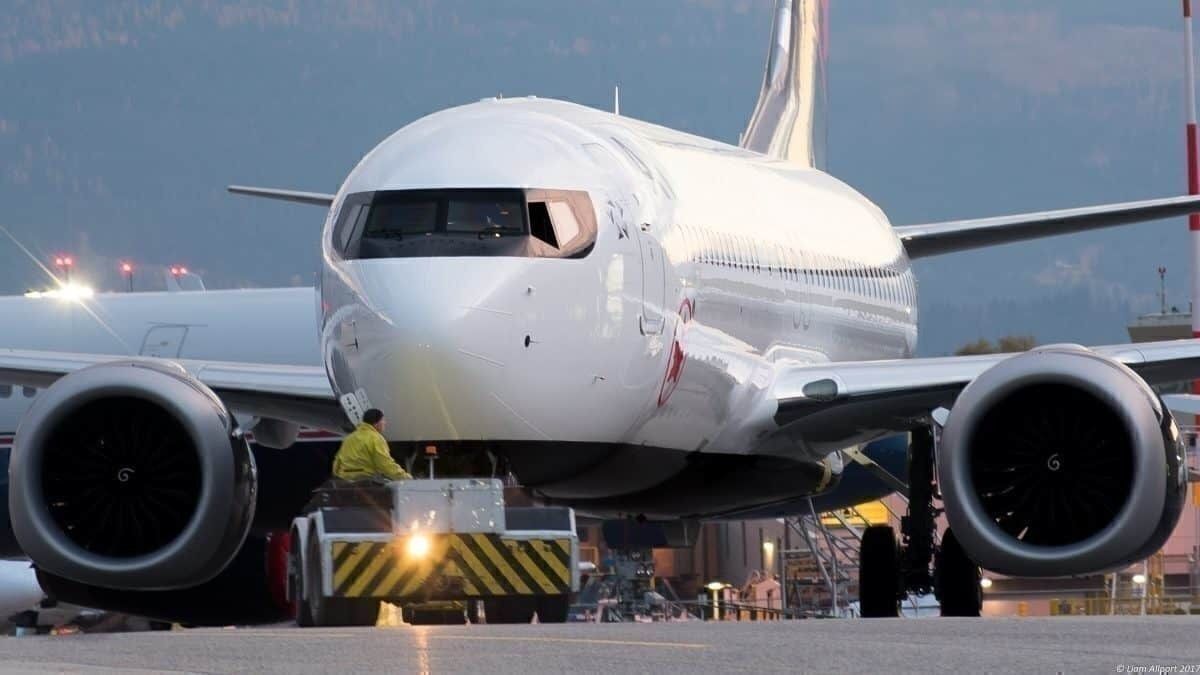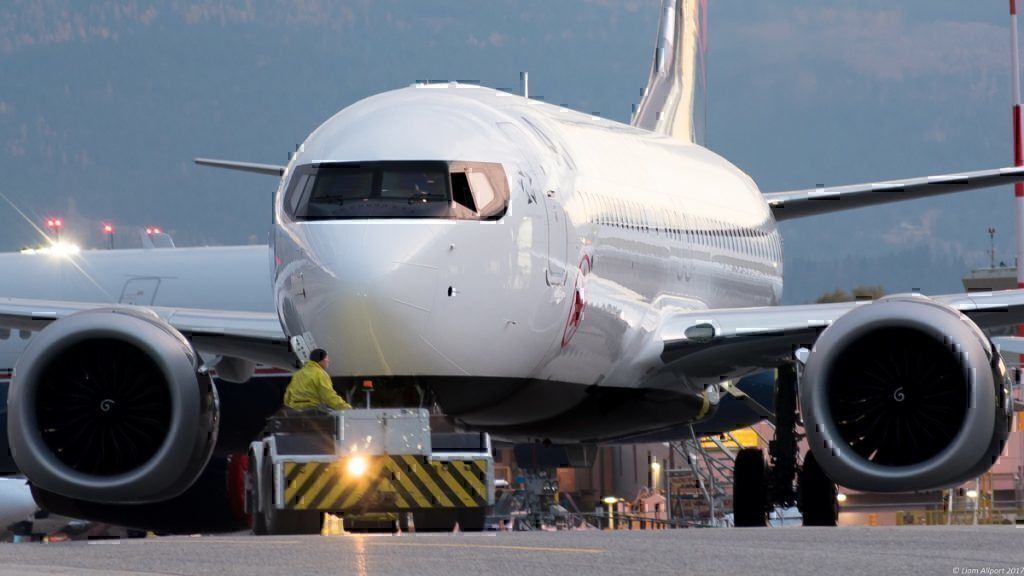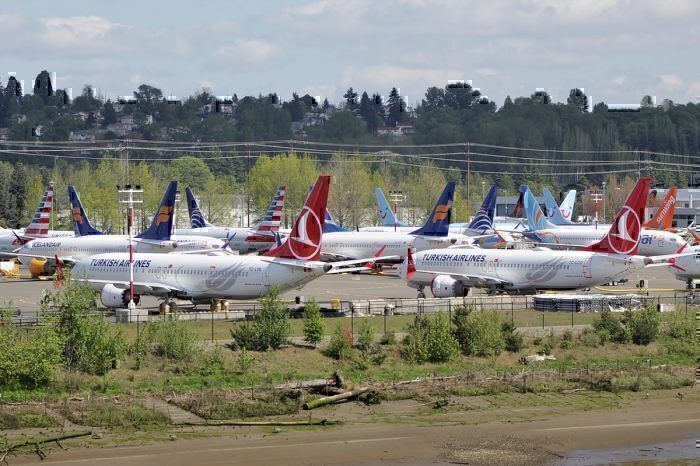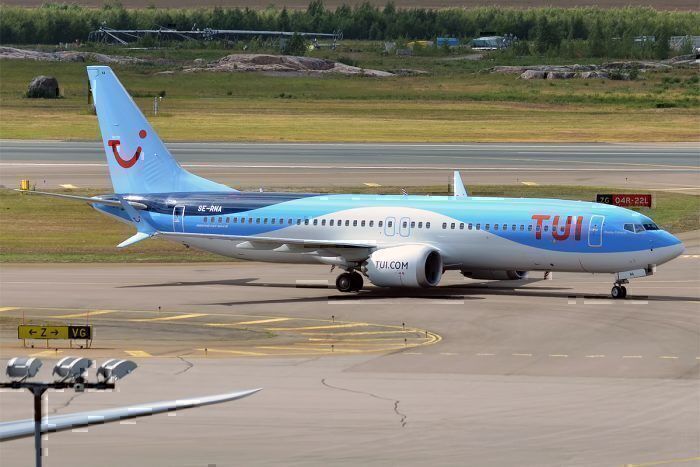There is cautious optimism at Boeing that the 737 MAX may be back flying early in the fourth quarter of 2019. If so, it will mark a milestone in a saga that has dragged on since March 2019, when the aircraft was grounded. Initially, no one expected the 737 MAX grounding to be so protracted - April, May, June were variously given as benchmark dates for resumption of flying. But it is now mid-August and nearly 400 MAXs sit idle at airports around the world.
With fresh rumors being milled every week, Simple Flying reached out to Boeing today to ask what is happening with their 737 MAXs.
What Boeing has to say
Paul Bergman, a spokesman for Boeing, today told Simple Flying that;
“Boeing has been working closely with the U.S. Federal Aviation Administration and other global regulators on the certification of the software update and training package
"Our best current estimate is a return to service of the MAX that begins early in the fourth quarter. Our focus is on safety and ensuring the trust and confidence of customers, regulators and the flying public. Timing on return to service will be driven by the FAA and global regulators.”
What to make of this? Boeing has had a torrid year and knows from bitter experience to be cautious in its statements. Not unduly raising expectations is public relations 101. You might reasonably assume that Boeing wouldn’t say they were estimating a return to service in early fourth quarter 2019 unless they were reasonably confident it would happen.
Recently, reports have emerged that Boeing’s boss, Dennis Muilenburg, has gone on a couple of 737 MAX test flights recently. Boeing has conducted more than 500 737 MAX text flights since the grounding.
Regulators around the world will need to give the 737 MAX the okay to fly
Of course, it isn’t just up to Boeing. Aviation safety regulators around the world are each going to need to give the 737 MAX the tick of approval to fly in their airspace. You might also reasonably assume that the regulators will go over the aircraft and its software updates with the finest of fine-toothed combs.
While the effects of the MAX groundings have tended to focus on the United States and the travails of Southwest, American, and United, the 737 MAX was flying for 45 other airlines around the world too. The 737 MAX also flew into airspaces whose home airlines did necessarily operate the aircraft. For example, two Fiji Air 737 MAXs were stuck at Sydney Airport even though no Australian airline operates the plane.
Every jurisdiction that either houses or hosts the 737 MAX is going to have to clear the aircraft to fly. While many regulators often follow the lead of the FAA, local regulators may be loathe to be perceived locally as toeing the FAA line and not exercising their own independence.
While life would be easier for Boeing, airlines, and passengers if there was a degree of co-ordination in giving the 737 MAX to okay to fly, assuming that will occur should not be a given.
No-one wants another 737 MAX incident and most definitely no-one wants an incident in their airspace. The consequences for local regulators, governments and airlines would be dire. You can reasonably expect a pretty thorough approvals process for the 737 MAX around the world. That might take longer than some people assume.
But Boeing seems cautiously confident. Other aircraft types have survived serious incidents and fatalities. With a bit of time, some good luck, and a thorough vetting process, there is no reason to assume the 737 MAX cannot do the same.




